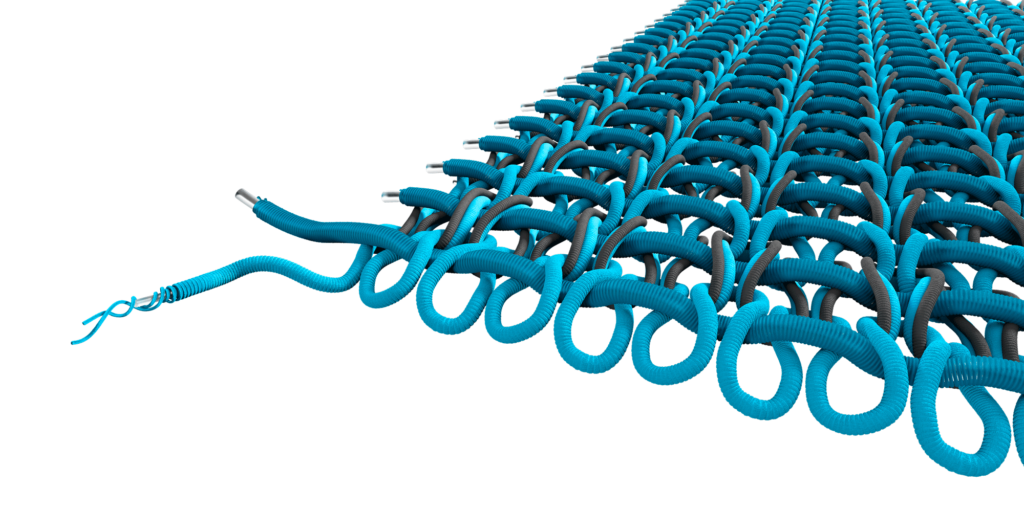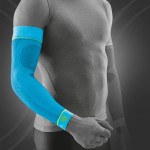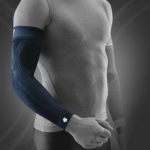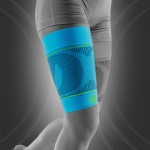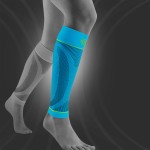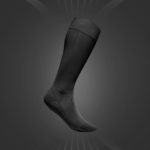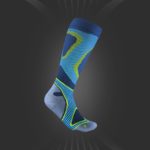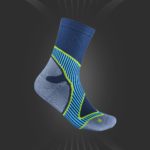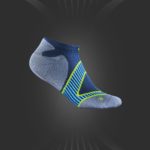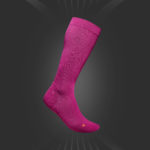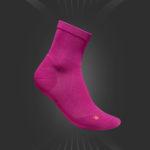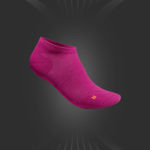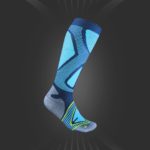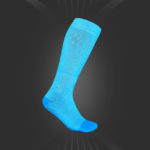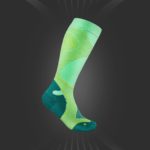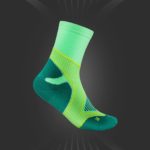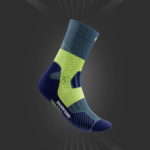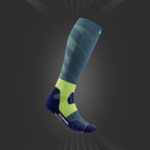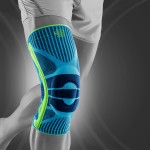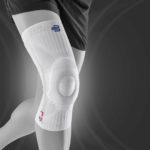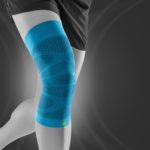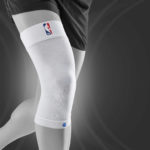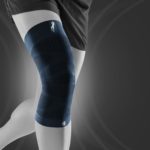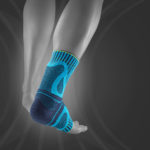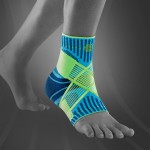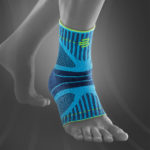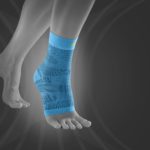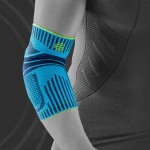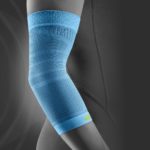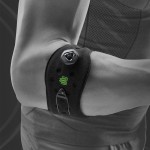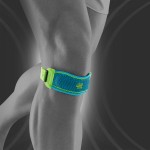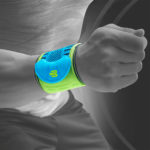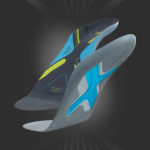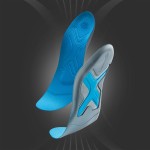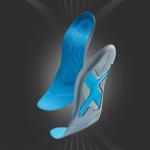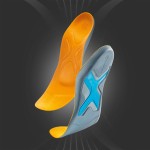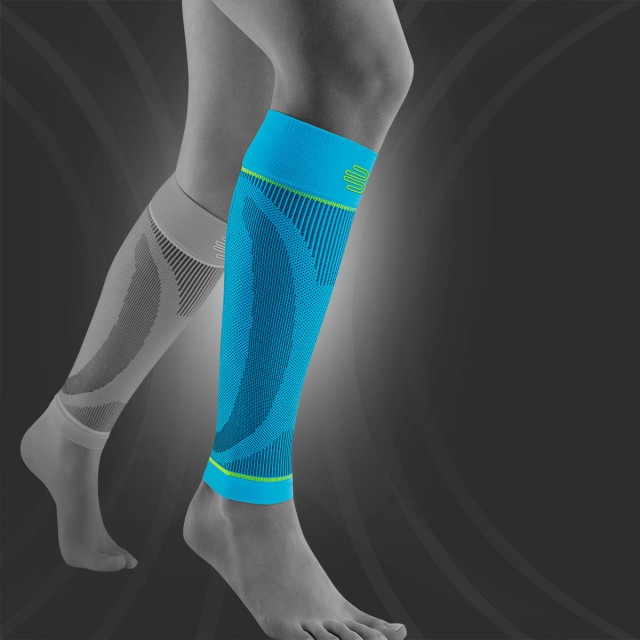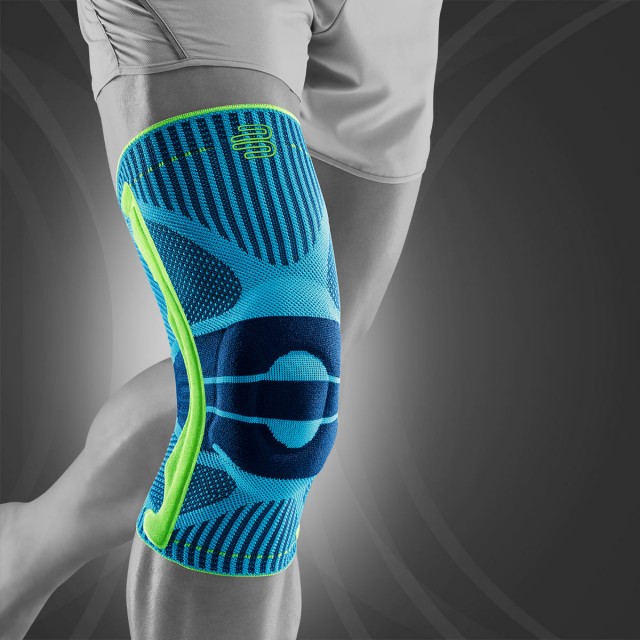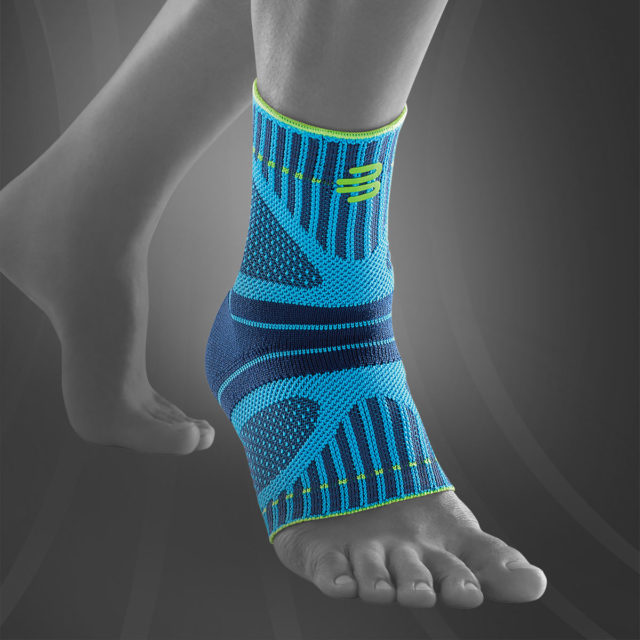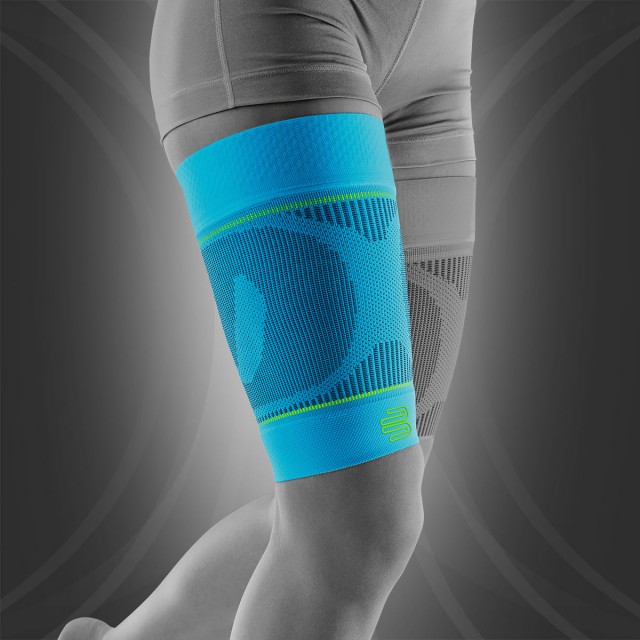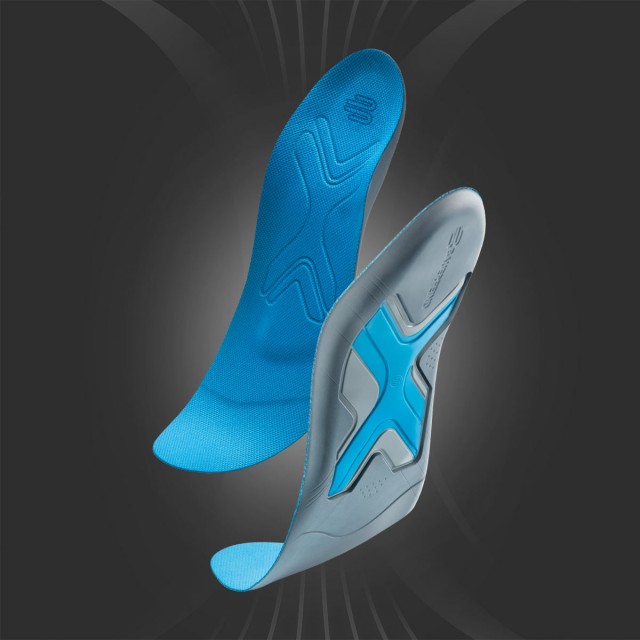Whether you’re a beginner or an ambitious top athlete – calf pain is among the most common complaints runners have. If you are affected, you have to take a break from training to allow your muscles to recover. To prevent pain and improve performance, you should therefore strengthen your calf muscles and prepare them properly for the associated strain. Nowadays, there is also innovative running equipment for additional performance improvement on your route. Find out more about the causes of calf pain and about aids for longer and faster runs.
Clever training to prevent calf pain while running
Calf pain is often caused by excessive strain based on too much training, the running distance being increased too quickly, or a change of running style. Possible results are aching muscles, hardening of the calves, cramps, and pulled muscles.
Regular stretching prevents hardening of the calves
If your calves harden, this is usually caused by local tensing of the muscles. Massaging the affected muscles can help. But it’s important to stretch so it doesn’t get that far.
Good to know: If your calves harden repeatedly, we recommend an analysis of your running style. An incorrect running posture may be detected as a cause. This can be corrected by wearing sports foot orthoses.
Preventing painful calf cramps
A lack of magnesium is often the cause of calf cramps at night. If, however, you get calf pain while running, this is usually caused by a combination of lack of minerals and excessive strain. During a marathon, incorrect intake of liquids can cause cramps. That is why you should ensure that, during long runs, in particular, your drinks always have minerals added to them. The German Olympic Sports Confederation (DOSB) recommends apple juice with sparkling mineral water as the perfect sports drink. Mix a third of juice with two thirds of water high in sodium. This means you are supplying your body with energy from sugar, salts, and other minerals.
Pulled calf muscles and muscle tears occur rarely while running
The difference between a pulled muscle or muscle strain and a muscle tear lies in the quantity of the affected muscle tissue. A strain often occurs based on sudden, high muscle tension. That is why a strain or even a muscle tear occurs relatively rarely while running. A strain can be recognized from the sudden pain.
Exercises for the calf muscles: preventing calf pain while running
You can prevent pain with the appropriate running training. Muscles, tendons, and ligaments only adjust to strain slowly. If you train too hard too quickly, you will risk calf pain and sore muscles.
That is why it is important to increase your running distance gradually. Healthy and pain-free runners should increase the extent of their training by a maximum of ten percent each week. This means that muscles, tendons, and ligaments can get used to the increased strain. Runners who are overweight should not exceed five percent each week.
Heel lift: strengthening your calf muscles
The heel lift strengthens and stretches your calf muscles and improves your balance. The calf muscles are alternately tensed and stretched during this exercise.
Starting position: Stand up straight, slightly bending the knees, and feet about shoulder-width apart. Your arms are by your sides, with palms facing forwards. Rotate your shoulders outwards.
How to do it: Keeping your back straight, stand on tip toes, your knees remain in the same position. Now return to the starting position. Repeat this exercise 15 times, and do three sets. Vary the duration of stretching and tensing. If you carry out this exercise on a step, the distance from bending to stretching is further, meaning the calf muscles are stretched more.
Calf pain during running can be prevented with Bauerfeind Sports Lower Leg Sleeves
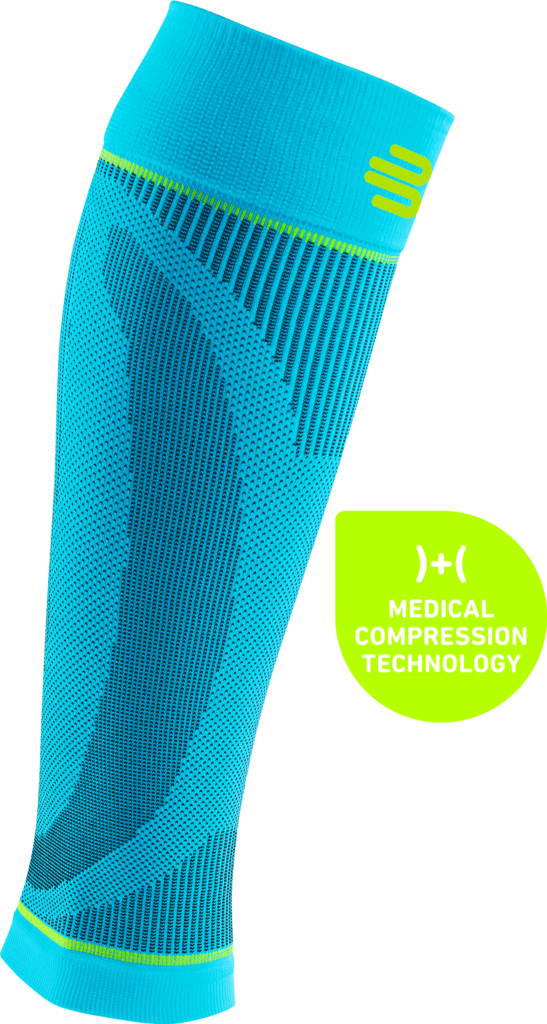
Medical-grade compression for your calves
Bauerfeind Sports Lower Leg Sleeves, with noticeable compression, improve muscle action. Wearing the calf sleeves increases blood flowing through the muscles, improving oxygen supply. This also helps your calf muscles warm up faster, meaning better protection against injuries. Your muscles can also perform for longer and regenerate more quickly. By wearing the sleeves, you will simply run away from fatigue setting in early, and, thanks to improved oxygen supply, you can get everything out of your muscles – for the perfect run.
Innovative technologies for improved performance and against pain
The highly elastic knitted fabric creates regulated compression which stimulates your circulation. This means more valuable oxygen is transported through your body, and your muscles can perform better. This compressive effect helps you to train more and regenerate faster. And the best part is: muscle fatigue is delayed. You will feel fewer muscle vibrations and your energy reserves are increased. Bauerfeind Sports Lower Leg Sleeves are must-have equipment during jogging, and should be part of every runner’s outfit.
